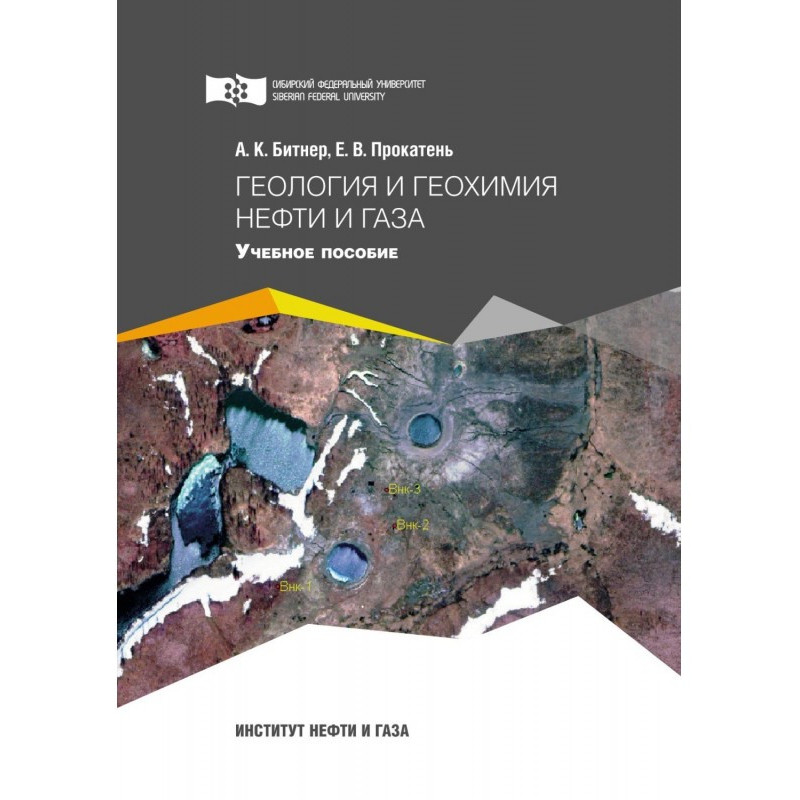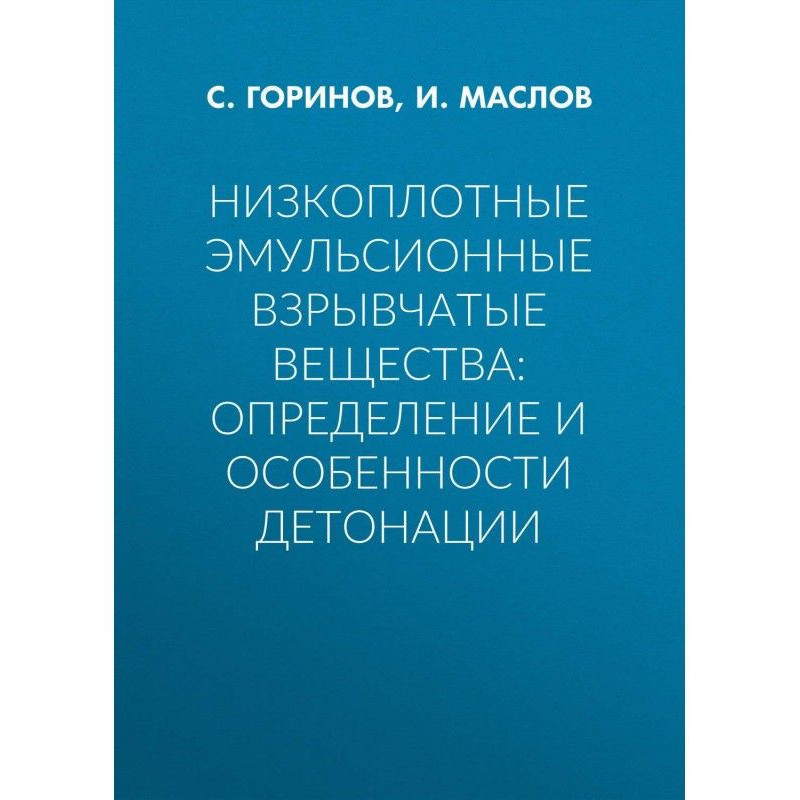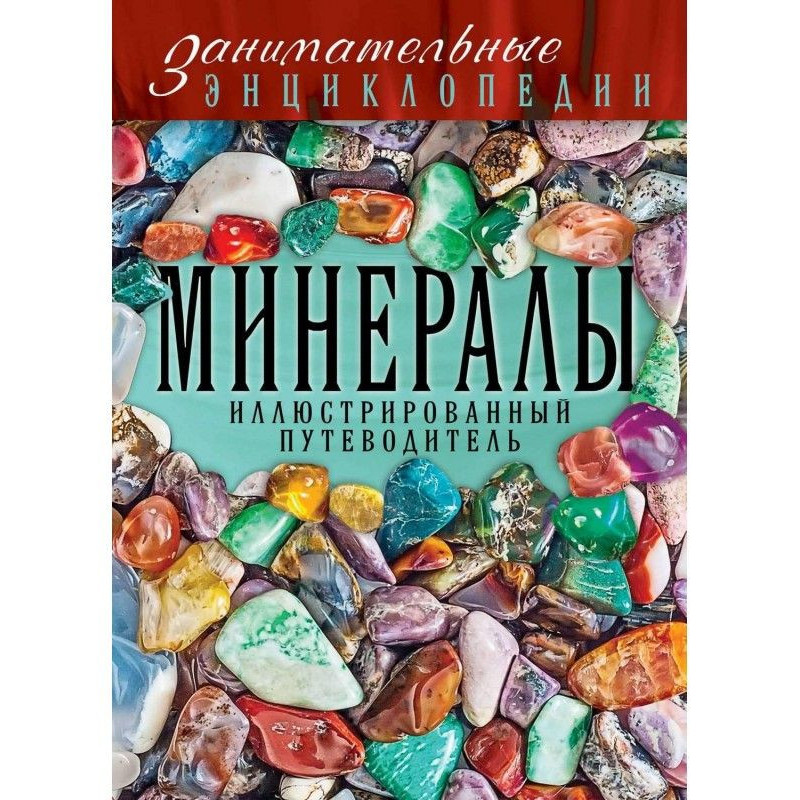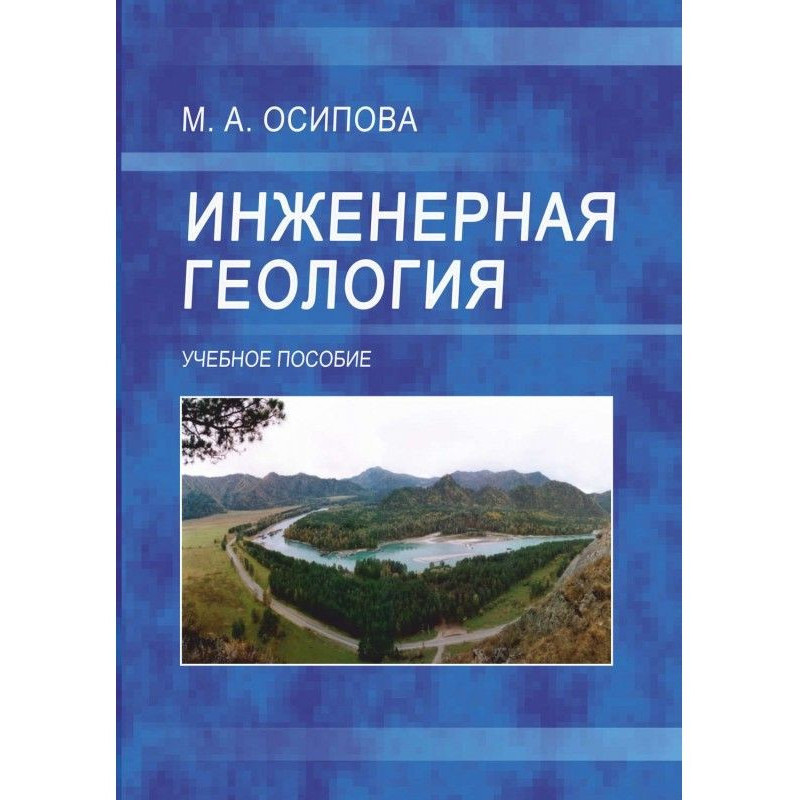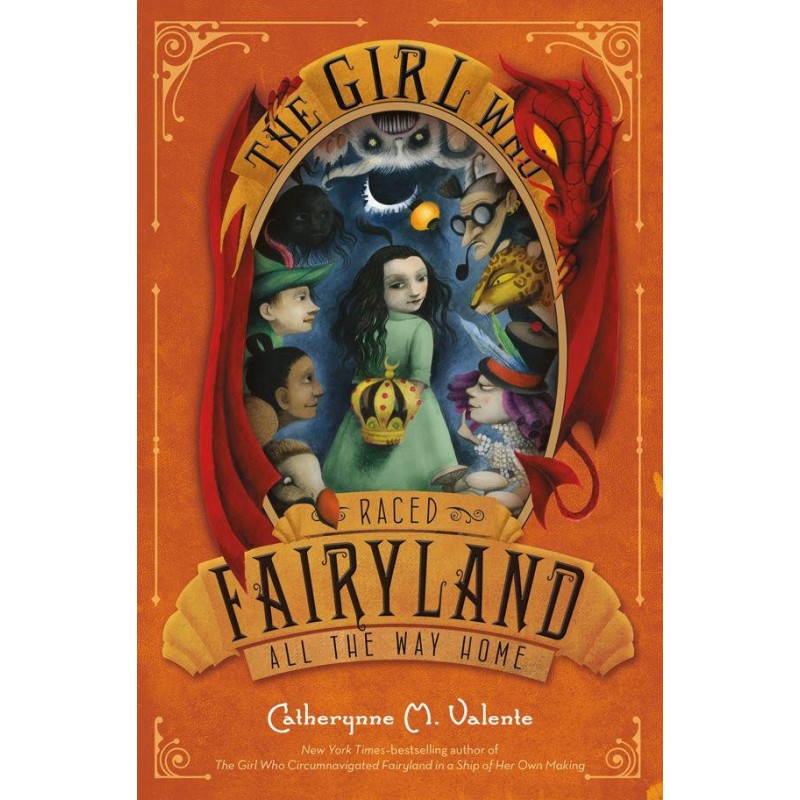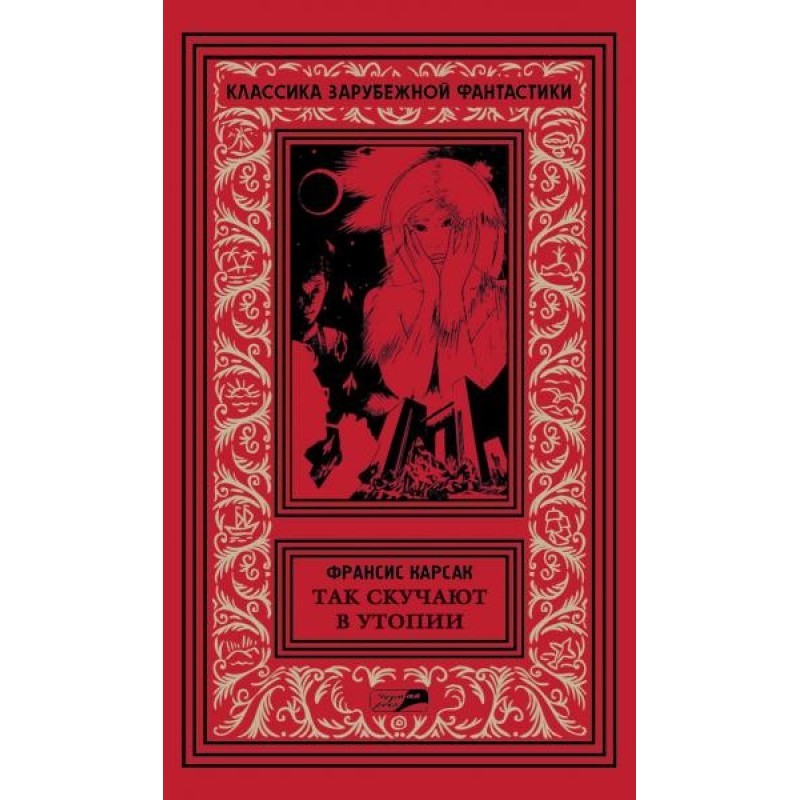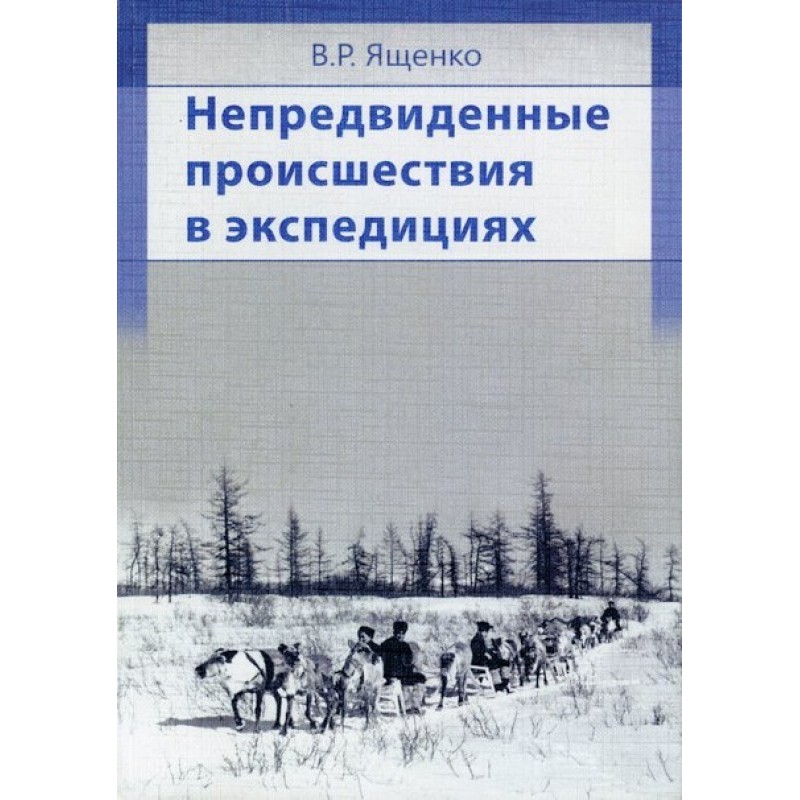World on the map
 Instant download
Instant download
after payment (24/7)
 Wide range of formats
Wide range of formats
(for all gadgets)
 Full book
Full book
(including for Apple and Android)
The book “The World on the Map”, which you are holding in your hands, immerses us in the fascinating history of the European world map. Our perception of the world was formed gradually and largely due to how and when the Earth was first depicted on maps. In this work you will find a fascinating narrative about maps, covering not only geography, but also the development of trade, ideological and political processes, and the history of art and science. What can maps tell us about our place of residence, about other places and peoples different from us? Who was the creator of these early maps? How were luxury atlases made and for whom were they drawn and printed? For what purposes were they used and what information did they convey? The author of the book, the famous and award-winning Finnish popular science writer Marjo Nurminen, tells us about the historical process of development of European world maps from the Early Middle Ages until the modern period. The book presents various traditions of transmitting geographic information on maps: TO maps. tarrae mundis, Beatus's maps, Ptolemaic maps, early sea charts - portolans, as well as printed world maps and globes: everything from the Renaissance to the Baroque era, to the Dutch Golden Age and beyond. After centuries of oblivion, ancient maps were rediscovered and interpreted in the 19th century . The topic of cartography has become popular and has brought us many historical discoveries. "The World on a Map" is not a catalog or encyclopedia, but rather an exciting journey designed to awaken the reader's interest in the history of cartography. After all, early maps combine the conscious and subconscious, science and art, myth and reality. LAURA KOLBE, Professor of European History at the University of Helsinki.
Data sheet
- Name of the Author
- Марьё Нурминен
- Language
- Russian
- Translator
- Александр Игнатьев
Надежда Станиславовна Братчикова
Reviews
Неймовірна подорож в історію картографії!
Книга «Світ на карті» - це справжнє відкриття для всіх, хто цікавиться історією, географією та культурою. Автор, Мар'є Нурмінен, майстерно поєднує наукові факти з захоплюючими історіями, що робить читання не лише пізнавальним, але й надзвичайно цікавим. Я був вражений тим, як детально описуються різні етапи розвитку карт, починаючи з Раннього Середньовіччя і закінчуючи сучасністю. Кожна карта, про яку йдеться в книзі, розкриває не лише географічну інформацію, а й культурні, політичні та економічні аспекти свого часу. Окремо варто відзначити, як автор вміло передає емоції та ідеї, що стоять за створенням карт, що робить їх живими та актуальними. Ця книга не просто про карти, це про наше сприйняття світу, про те, як ми бачимо себе в ньому. Рекомендую «Світ на карті» всім, хто хоче зануритися в історію та зрозуміти, як карти формують наше уявлення про світ!


